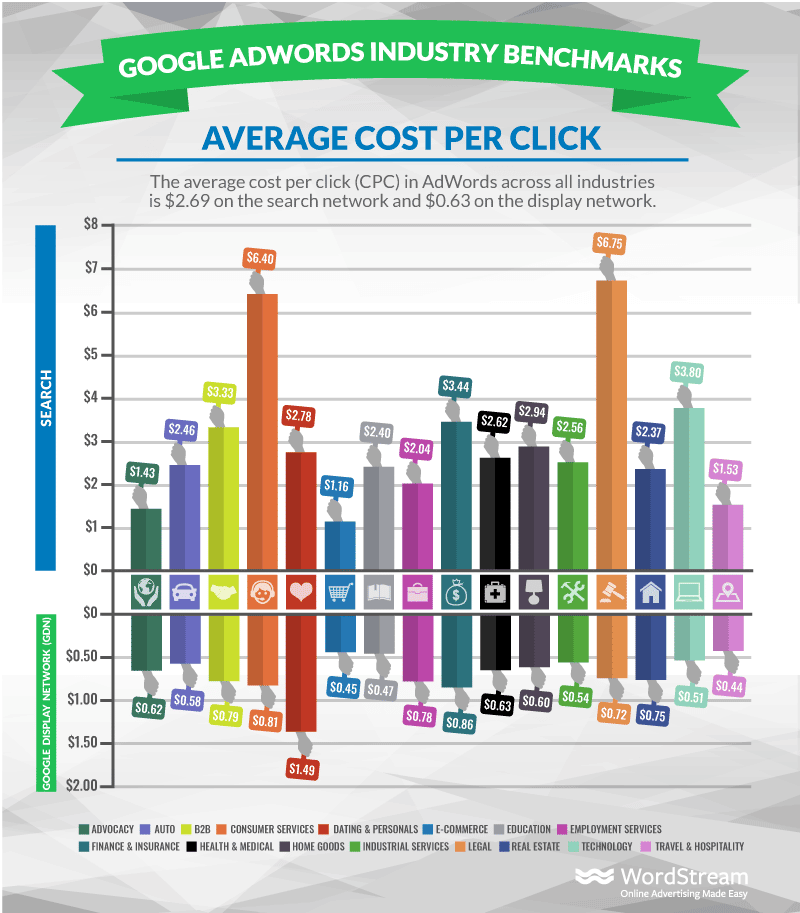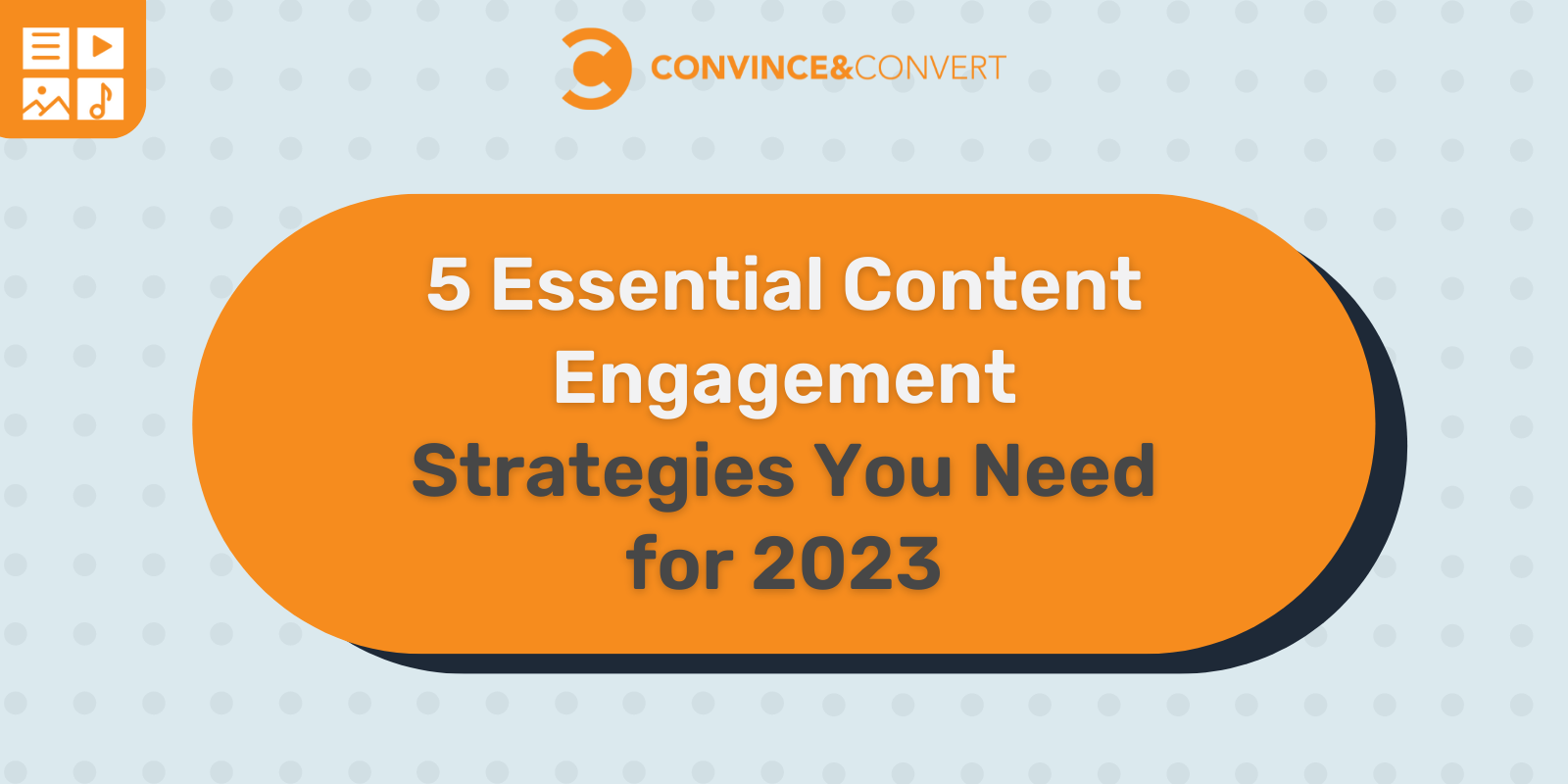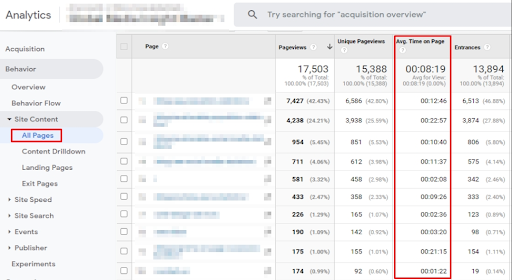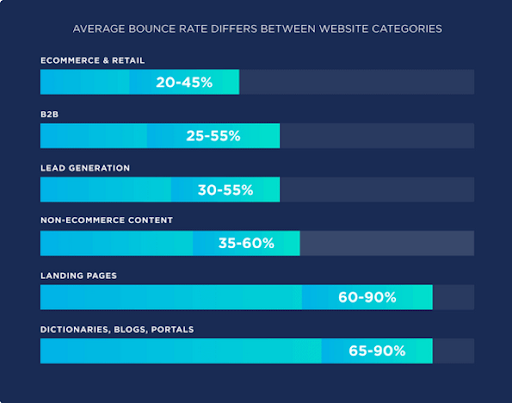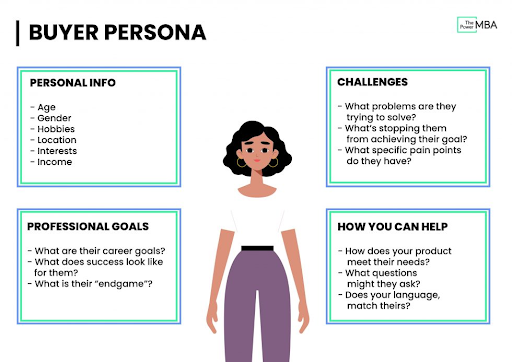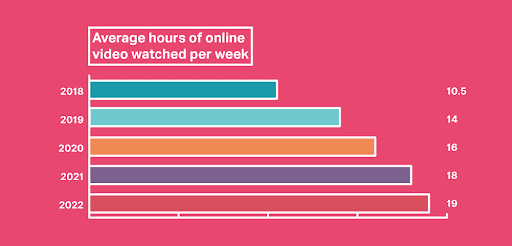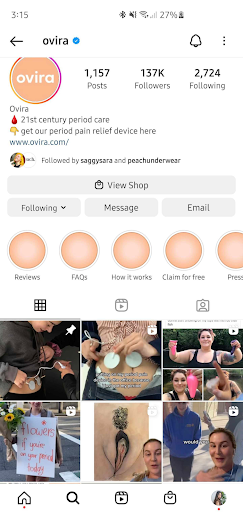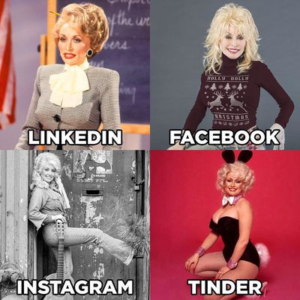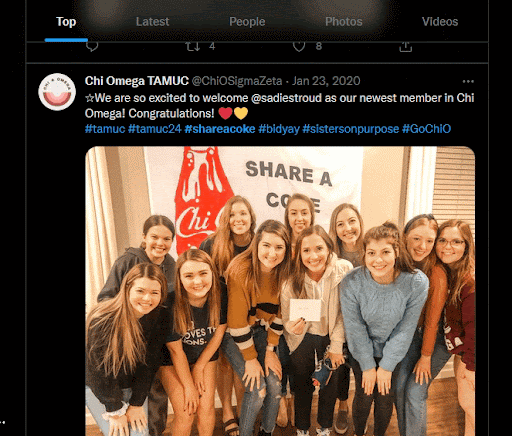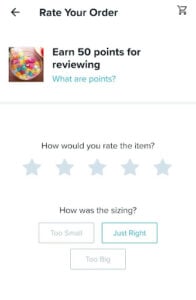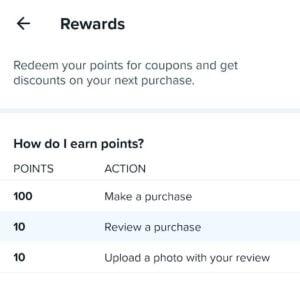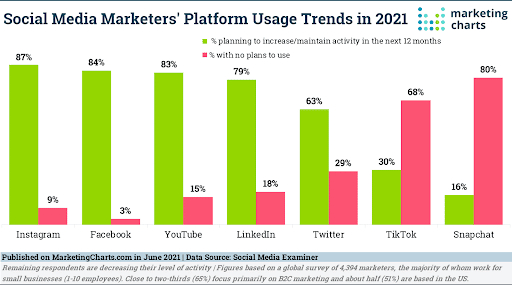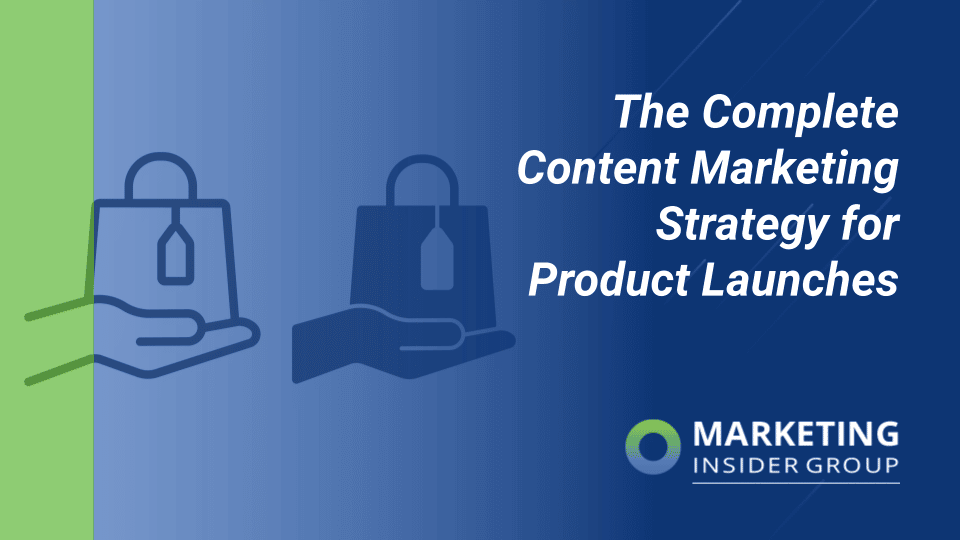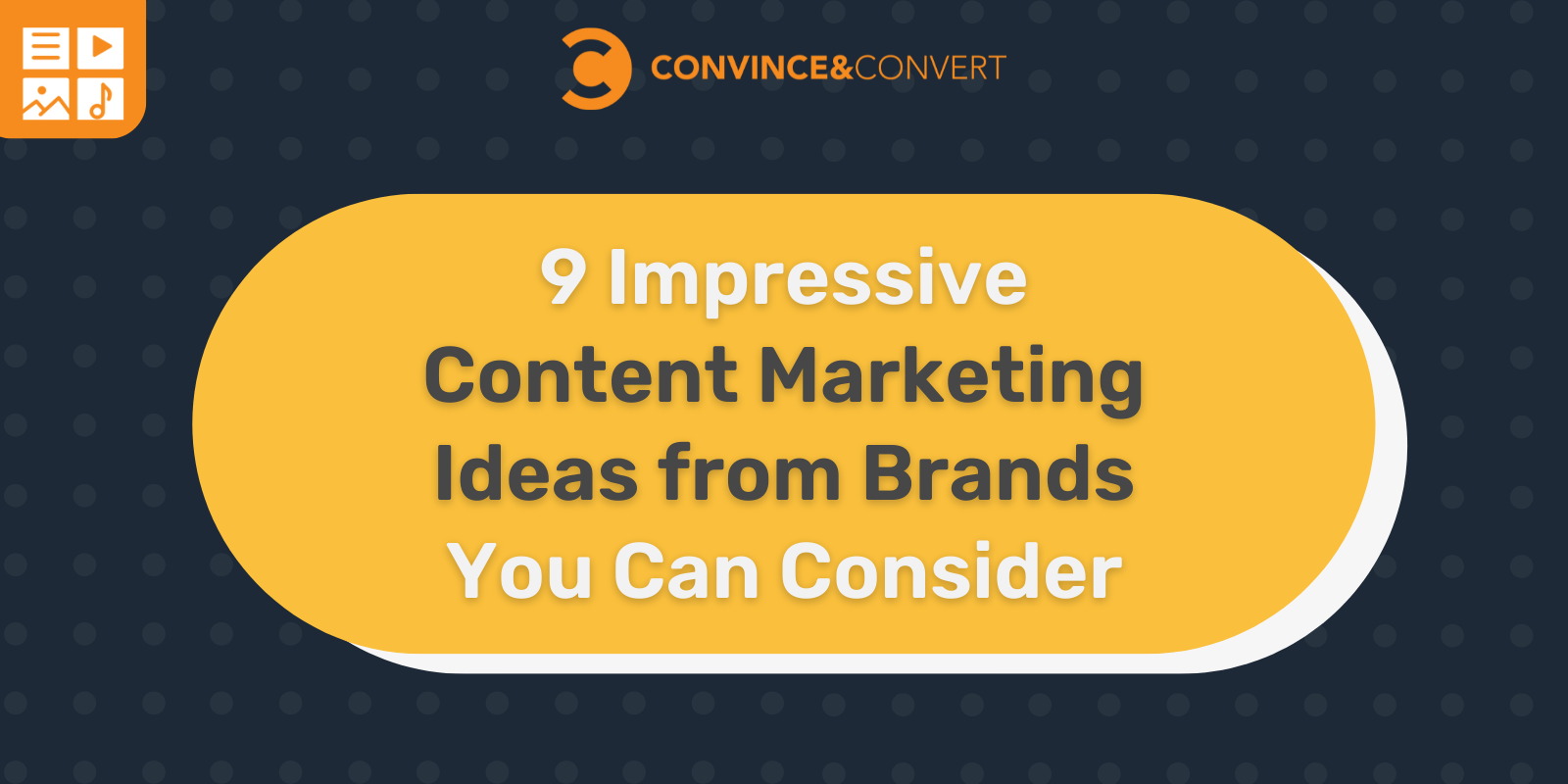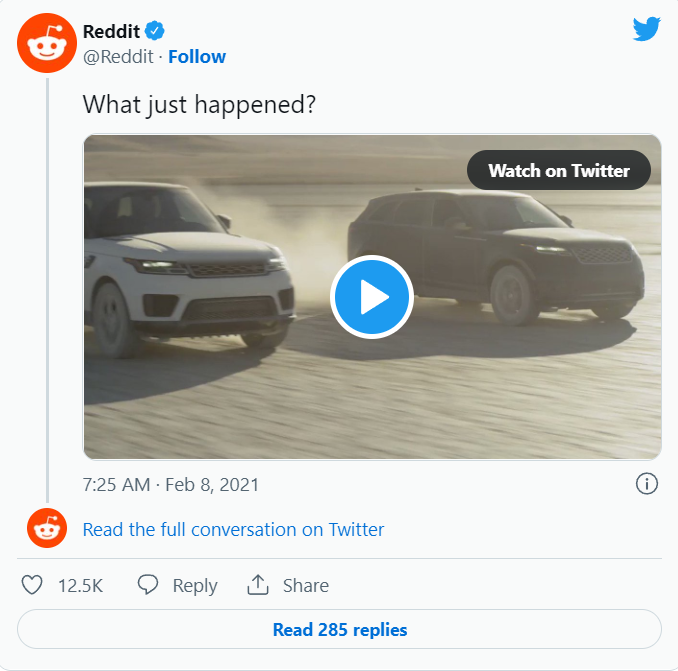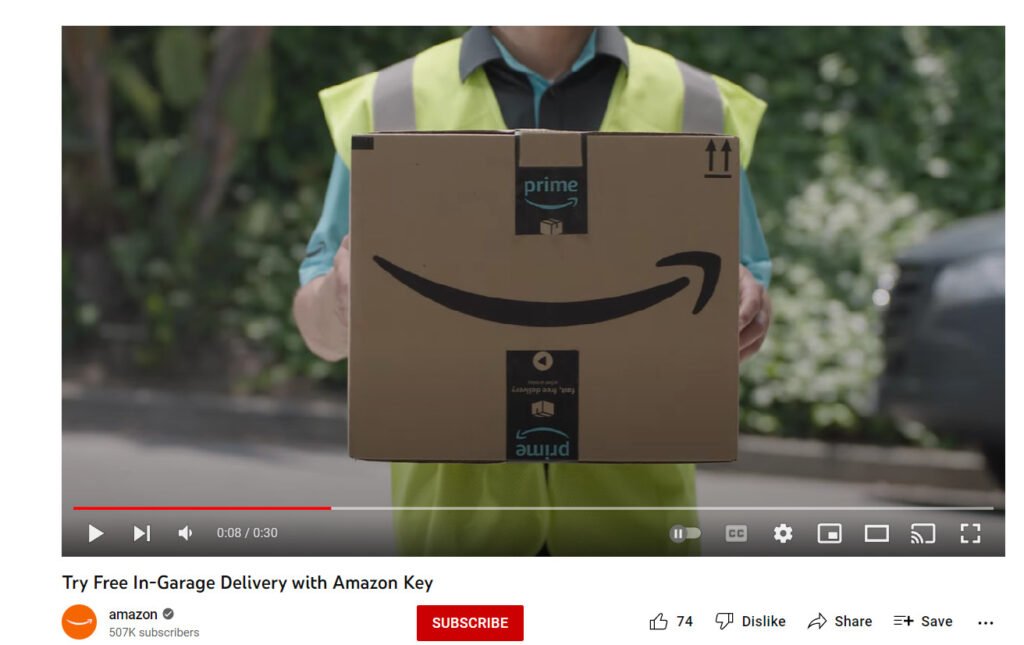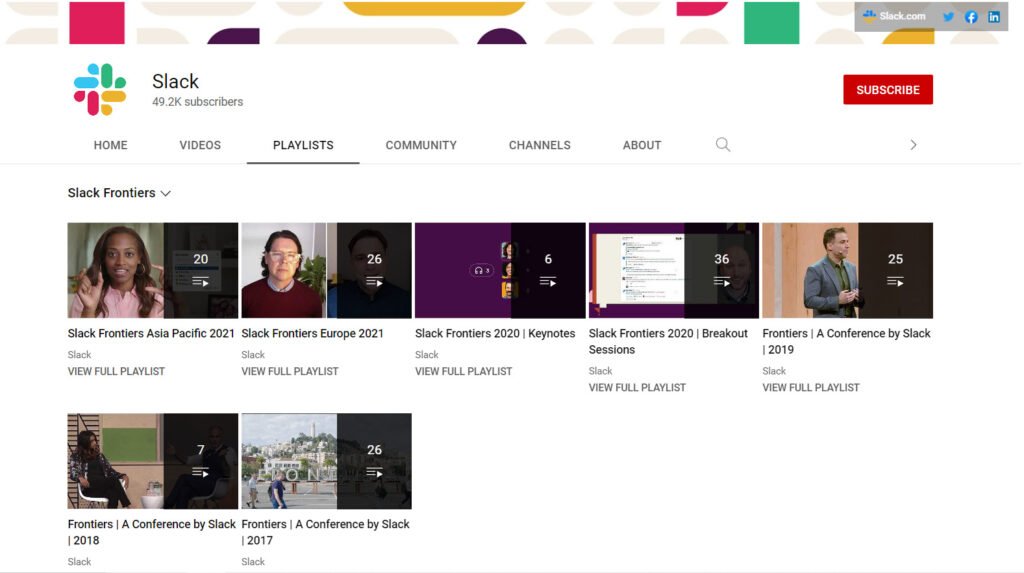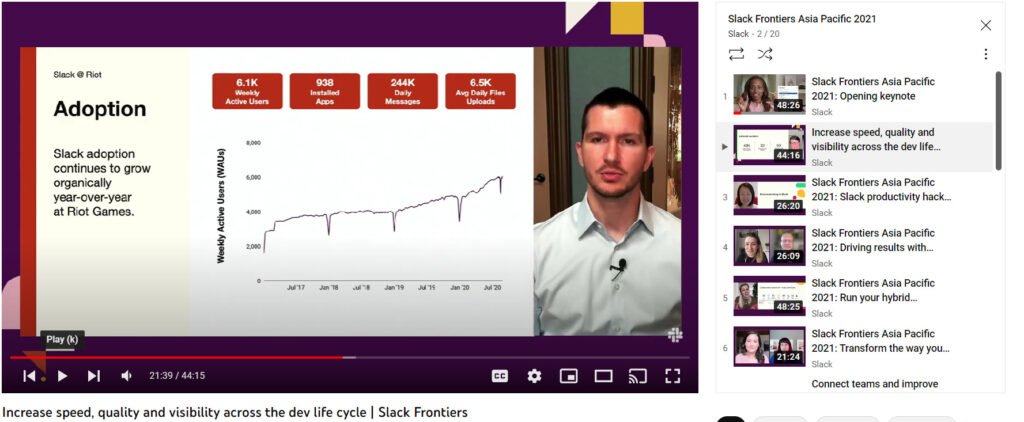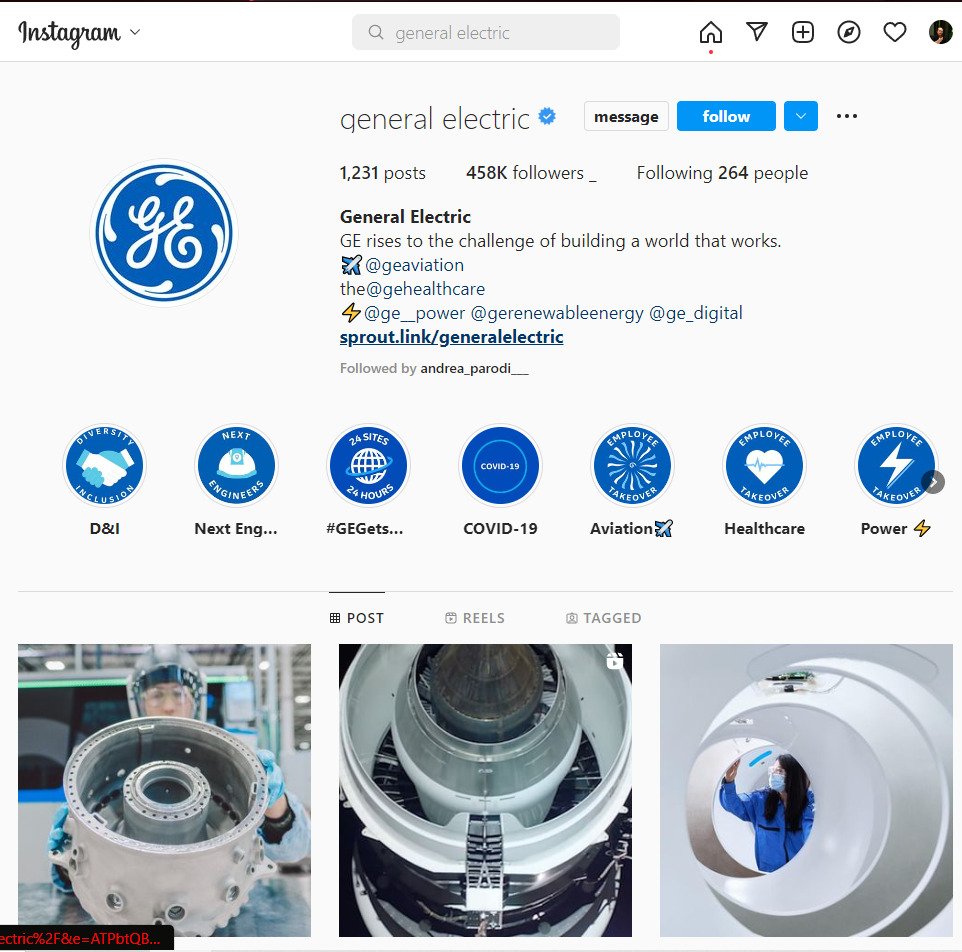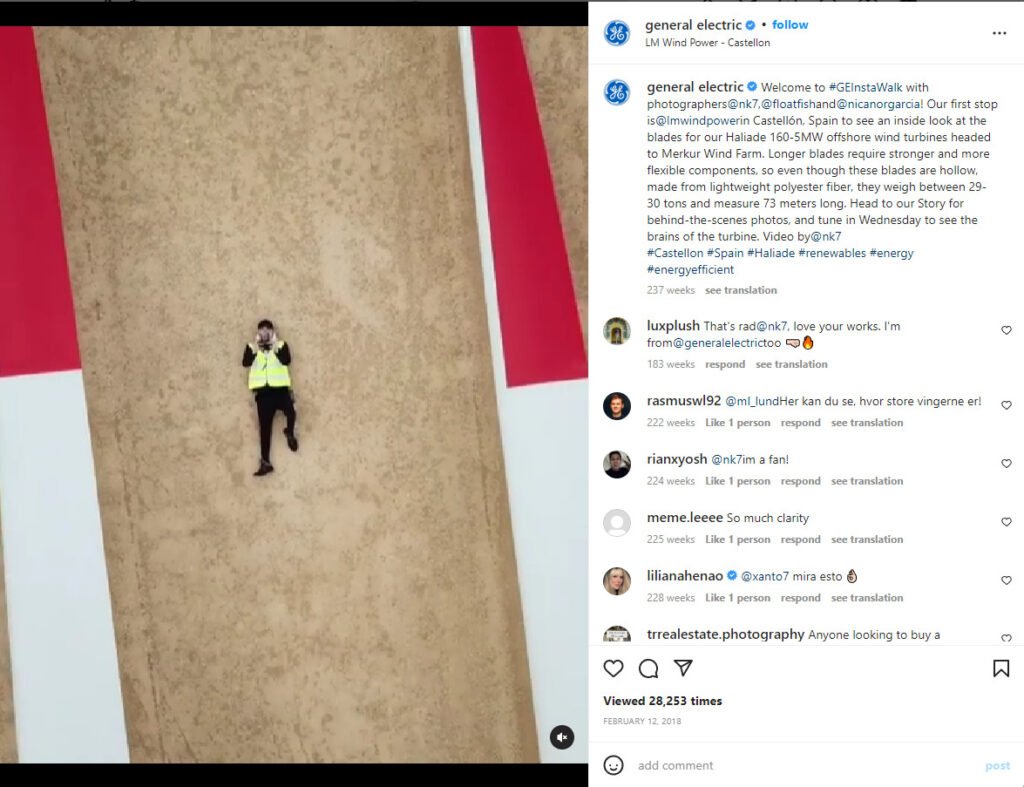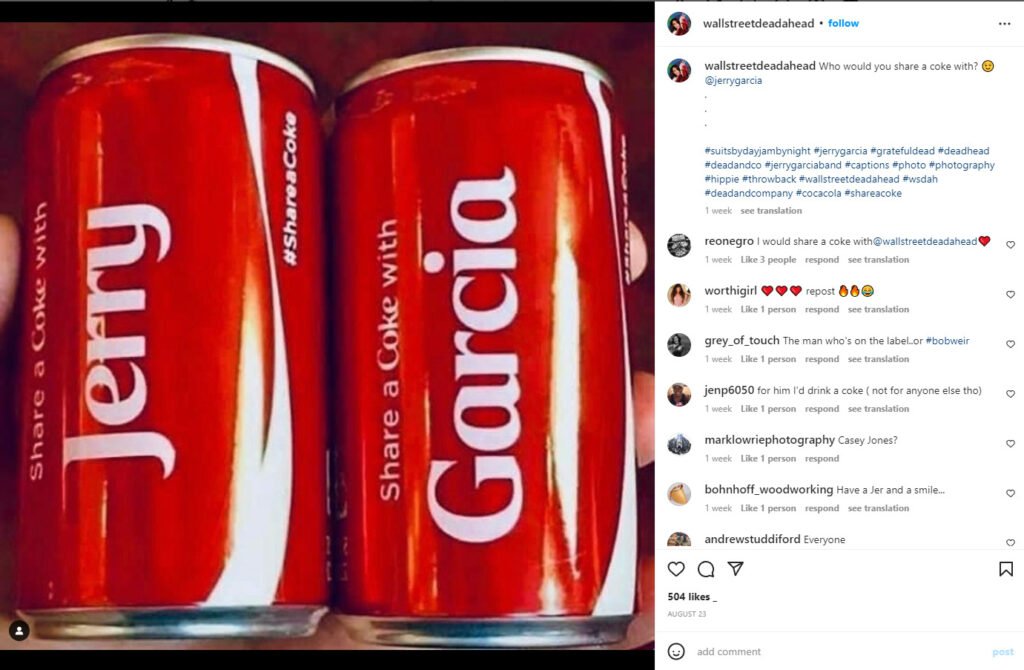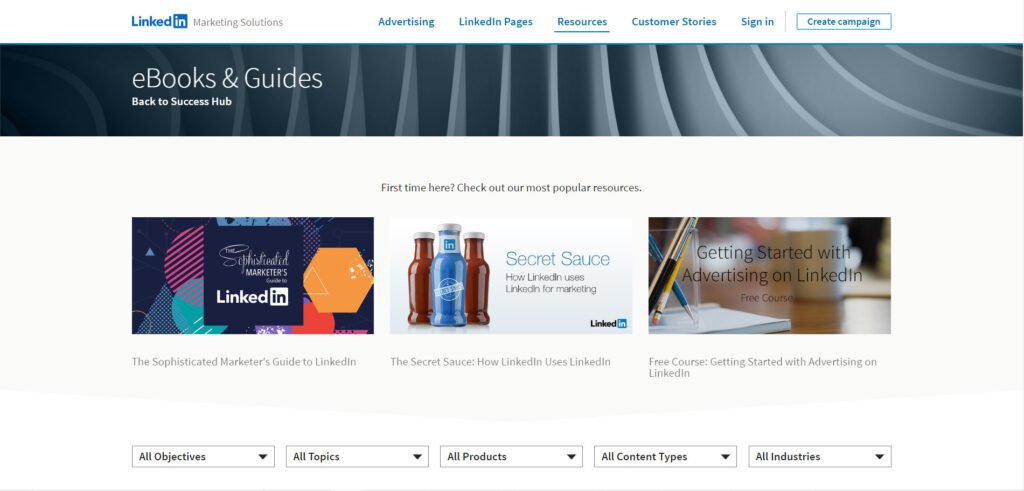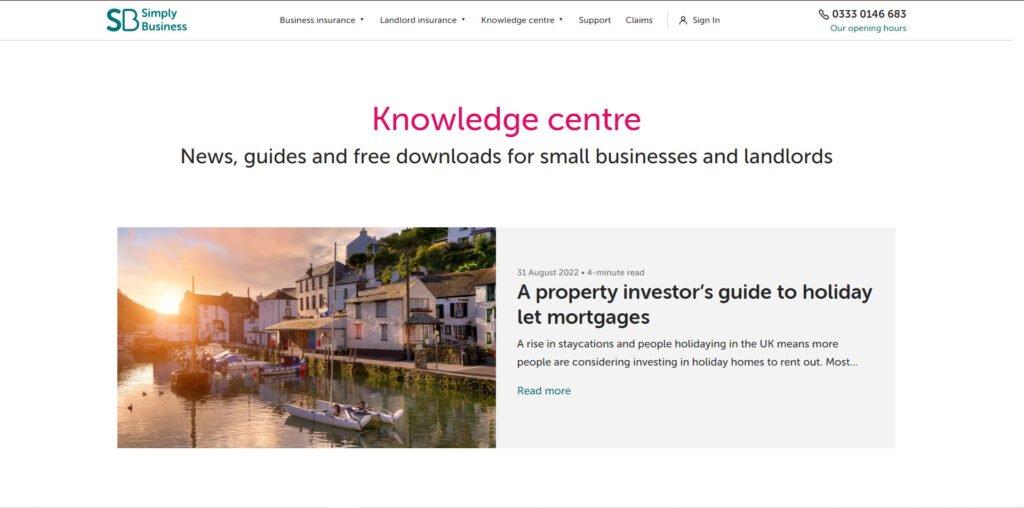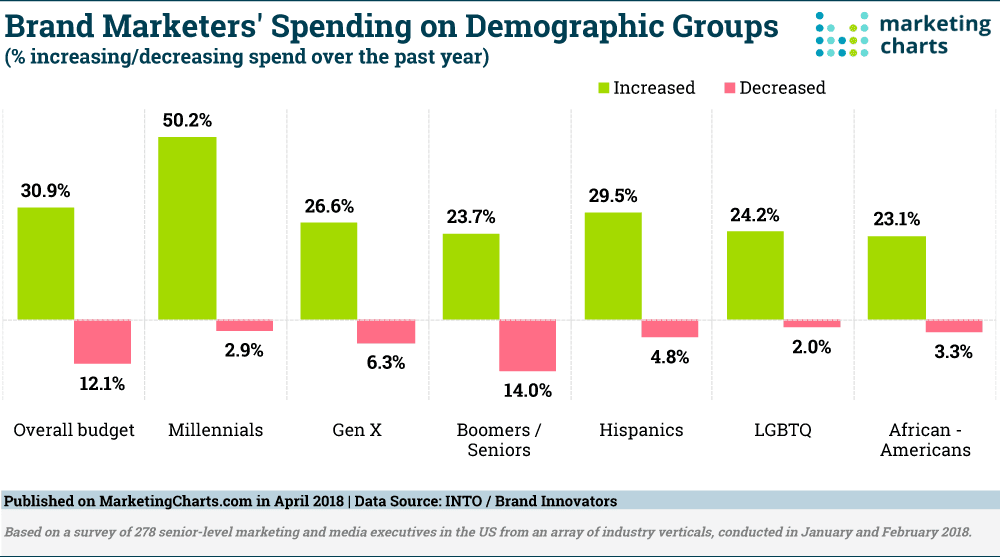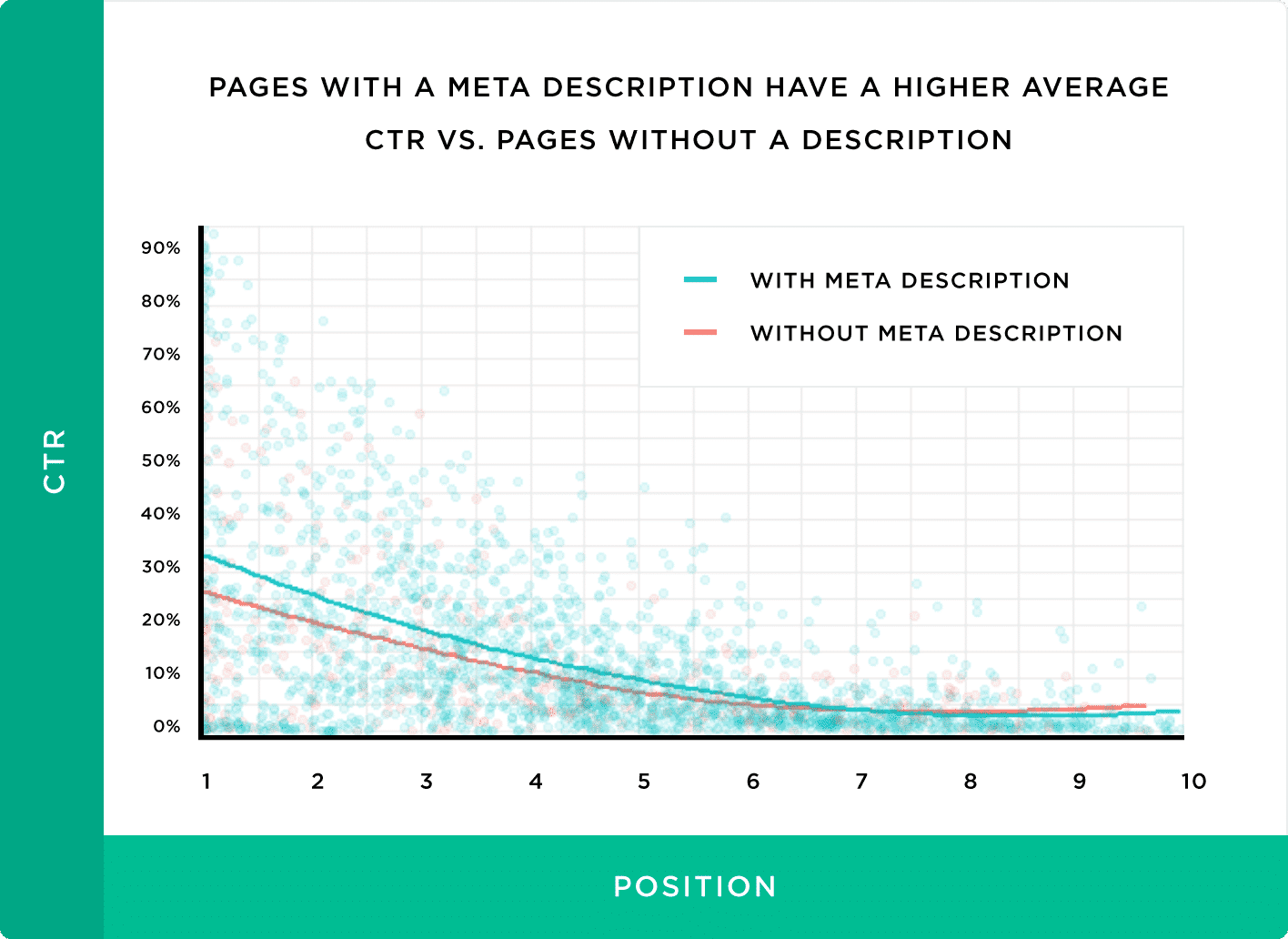
Looking for an effective way to humanize your brand, engage your audience, and connect with customers?
Employee content marketing just might be the missing link to meet all these demands – and many more. People buy from people – not brand names and logos. This is often accomplished through employee generated content.
Take this stat on video marketing, for example. 54% of customers say they’d like to see more video content from brands – more than any other type of content.
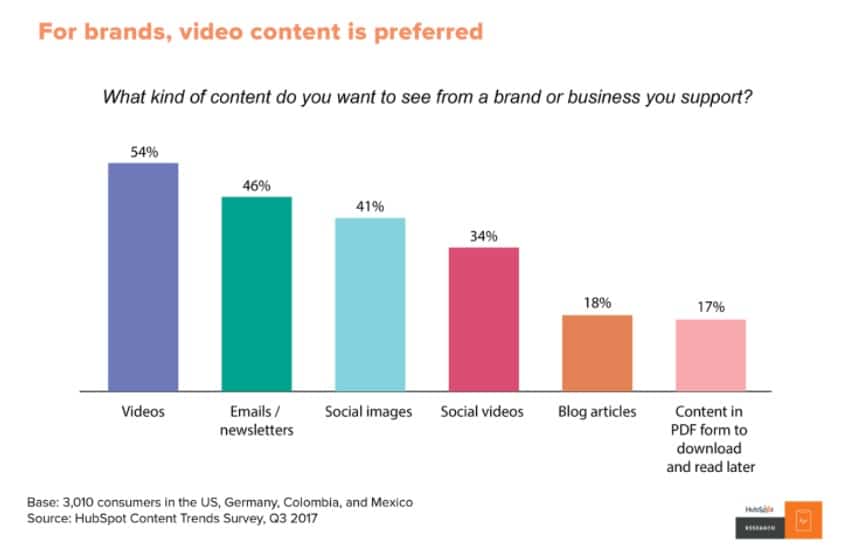
Source: Hubspot
Video also increases conversion rates on landing pages by 80% while 90% of customers say video helps guide their buying decisions.
Video gives your company a human face.
That’s why employee content marketing is so important. While it takes many forms, content marketing from your team breaks down the logo and creates face-to-face interactions between your audience and the people behind your brand.
Today we’ll explain why it’s so important for connecting with your audience online and highlight some ways to make it work for your company.
Quick takeaways:
- Employee content marketing can involve user-generated content, interviews, quotes, podcasts, and more. The goal is to make your employees the public face of your company and encourage them to engage with your brand’s audience.
- People don’t trust brands. They’re more likely to engage with someone from your company online than your brand’s official page content.
- Find an employee content marketing strategy that works for you. Choose employees that reflect your values and audience segments and experiment with unique tactics.
Here’s a quick video from Carla Johnson to catch you up:
What is Employee Content Marketing?
At its most basic, employee generated content marketing is content created and shared by your employees rather than your brand. You might share employee-created content from a special page and ask employees to share it from their personal pages for the most impact.
HubSpot, for example, has a dedicated page called HubSpot Life where they share user-generated content on their team members:

Source: @Hupspotlife on Instagram
Your employee content marketing can take on many shapes and forms. Here are some of the most common ways top brands already put it to work.
Webinars or Q&As
Semrush and countless other companies understand the value of making employees the human face of their brand via webinars.
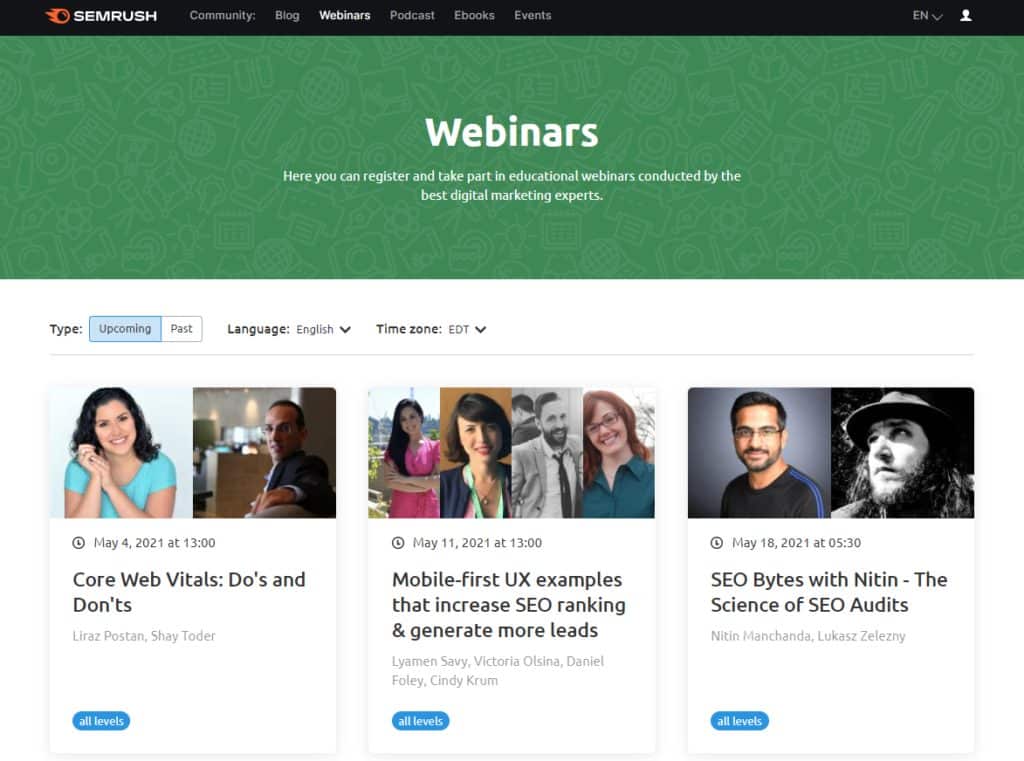
Source: Semrush
In fact, Semrush makes sure to highlight the people running their webinars by including their pictures in the featured photos. They know that virtual events are important for forming human connections so they prioritize that every step of the way.
User-Generated Content on Employee Lives
Each of your employees lives a unique life with personal interests, hobbies, likes, dislikes, and values. Companies like HubSpot share granular stories on their employees to help followers connect with their team on an individual level.

Editorial Blog Categories
Just like news outlets have an op-ed or opinion section, you can give employees their own place to sound off in your blog. They can share their thoughts on things like:
- Industry changes and what’s in store for the future
- Their personal experience working at your company or in the industry
- What they bring to the industry and company culture
- Why they work for your company and what impact they hope to have
- How they connect with customers and build relationships
- How they spend their day-to-day
Video Hosting and Narration
Why hire out for a video host when you have a team full of employees to be the public face of your company? Plus, they already meet your brand’s culture.
Look how Salesforce centers both their own team members and guests in their YouTube channel. Their header photo even looks like a cast lineup from an NBC show and reflects the diversity of their audience:
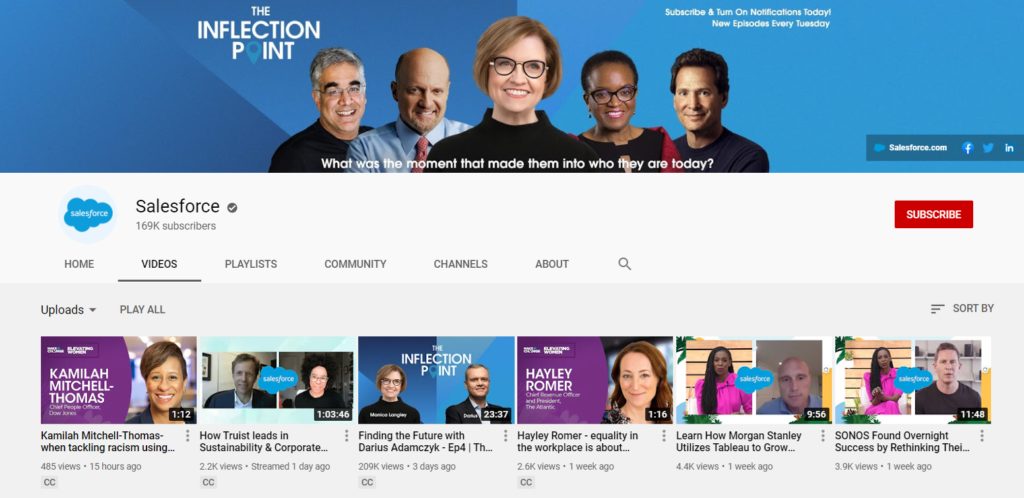
Source: YouTube
Sharing Content Marketing to Personal Profiles
You might also simply encourage your employees (or specific employees) to share your brand’s content marketing material with their audience.
Just as you would for an influencer, consider running analyses of your employees’ social media profiles focusing on their followers. Pick the employees with followers who most accurately reflect your target audience and reach out to them about sharing your content on a regular basis.
Why Bother with Employee Content Marketing?
If you hadn’t noticed, most leading brands already use employee content marketing tactics – if not run entire strategies.
Do you think they’d put so much time and effort into this if it didn’t produce results? Nope. Here’s why they’re dedicated to the cause and why you should get on board too.
People Don’t Trust Brands but They Do Trust People
96% of consumers don’t trust ads. If that’s any indication, your B2B buyers don’t trust branded content either. In fact, ask your buyers what they want and they’ll probably tell you more transparency.
36% of buyers say vendors have absolutely no influence on their final decision while 44% said vendors were only “somewhat” influential.
Take the hint.
They don’t want to hear from your brand. They want to hear from other humans like your customers and employees. Your employees might be attached to your brand, but it’s still better than just shouting from a logo.
Employee Content Marketing Can Attract Better Job Applicants
Companies that invest in employer branding are three times more likely to hire quality employees than those that don’t.
Employee content goes beyond marketing to your customers – market to future employees too. If you struggle to attract job applicants who meet your company values and can’t put your finger on why, here’s your sign.
That’s why you see so many leading companies run career pages on Instagram. Here’s a look at how Whole Foods expresses their culture and tries to attract the right kind of employees for their brand:
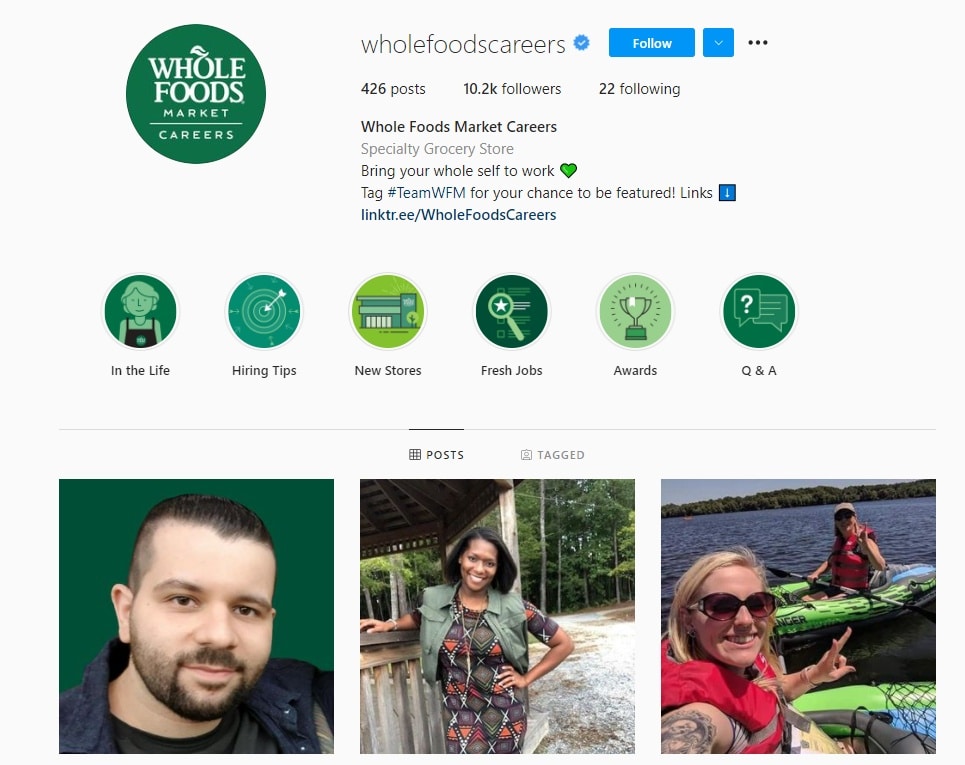
Source: @wholefoodscareers on Instagram
Employees Tend to Have More Followers Than Brand Pages
Did you know employees tend to have 10x more followers on social media than the official pages of the companies they work for?
You can’t convince every employee with a huge following to transform their personal page into a brand page. However, you can encourage the right employees to share more content from your brand if their audience matches your target demographics.
Personal Employee Accounts Enjoy Better Engagement Than Company Pages
Not only do employees tend to have larger audiences but they also get better engagement than their associated company’s official page – 8x more to be precise.
Plus, any leads you acquire through your employees’ social media activities are 7x more likely to convert than leads you find anywhere else.
Employees give leads a peek into your company culture and who you are. Again, it’s hard to stress enough how people want to buy from other people – not brands. You can’t go wrong developing a content marketing strategy for your employees.
Employee Content Marketing Can Reinforce Your Brand’s Culture
You can shout about your corporate culture from the rooftops all you want but unless people can physically see your team living it, it’s just words on a screen.
People want to see the people behind the words. What do the values actually mean in practice?
71% of consumers say they prefer buying from brands that align with their personal values. Why should you expect B2Bs to prefer anything different? Their jobs and livelihood are on the line with every vendor decision. Your values are arguably much more important to B2B buyers than consumers buying skincare products or coffee.
Employee Content Marketing Gives Your Brand a Human Face
You just can’t ignore the importance of seeing human faces on the screen staring back at you.
Logos are just drawings. Your employees, however, are real people with families, pets, interests, likes, and dislikes.
With employee content marketing, your brand stops being a logo and becomes a group of people with shared values. Considering that 31% of adults in the United States admit they’re “almost always” online, you can’t neglect the importance of people-to-people marketing.
8 Strategies to Encourage Employee Content Marketing and Leverage It
Like any other type of content marketing, employee content requires a specific strategy. Don’t jump in without carefully planning who should be involved and what they should share. Remember, these employees will be the public face of your company, so you want to get this right.
1. Form a Group of Employees That Reflects Your Brand’s Audience
Get strategic. You don’t want just any employee sharing your brand’s content or creating content for your brand. Treat your employees like influencers here. Ask yourself things like:
- Does their social media audience accurately reflect our target audience?
- Do they live our brand’s values and company culture?
- Is their audience engaged and generally pleased with what they post?
- Would we want them representing our company publicly?
If you want to drive value from employee content and reap the benefits mentioned above, you need to make sure the employees you pick live your company culture.
2. Create Dedicated Social Media Pages for Employee-Generated Content Marketing
Lots of brands have two dedicated social media pages for their employee content: one for general employee life and another to market careers.
The HubSpot Life page on Instagram gives nearly 30k followers a peek into the day-to-day and personal lives of the people behind the brand:
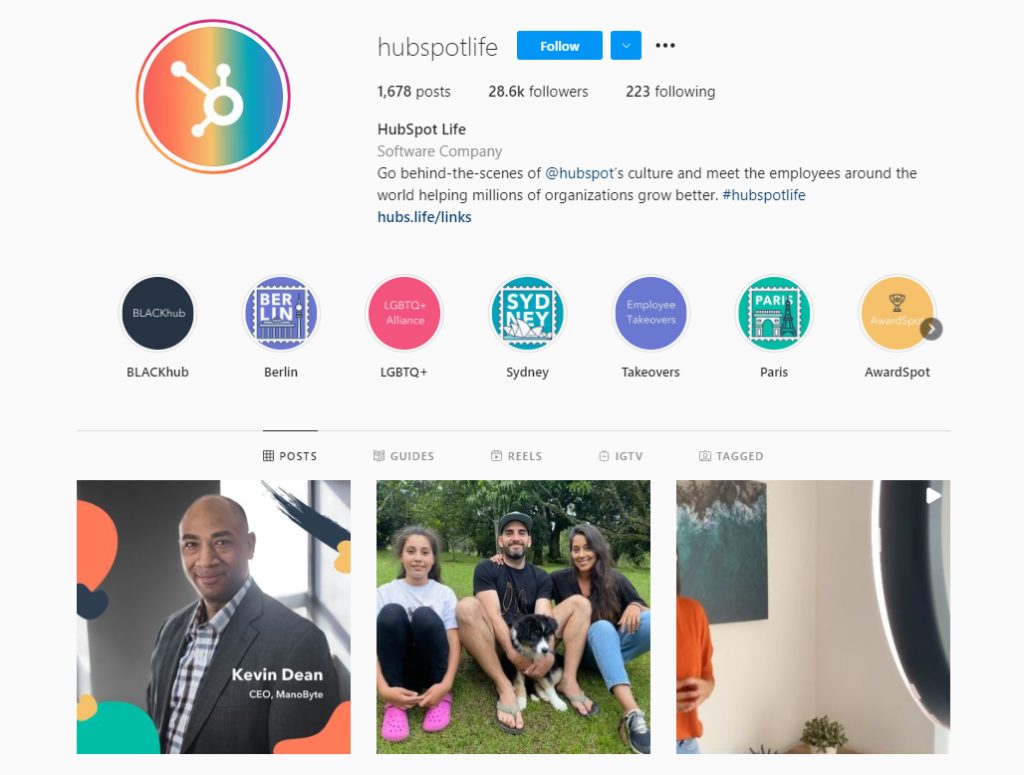
Look at the Story highlights – they’re so personal. It feels like someone sharing updates directly to their personal followers. This content feels nothing like official content from a brand. It’s too real.
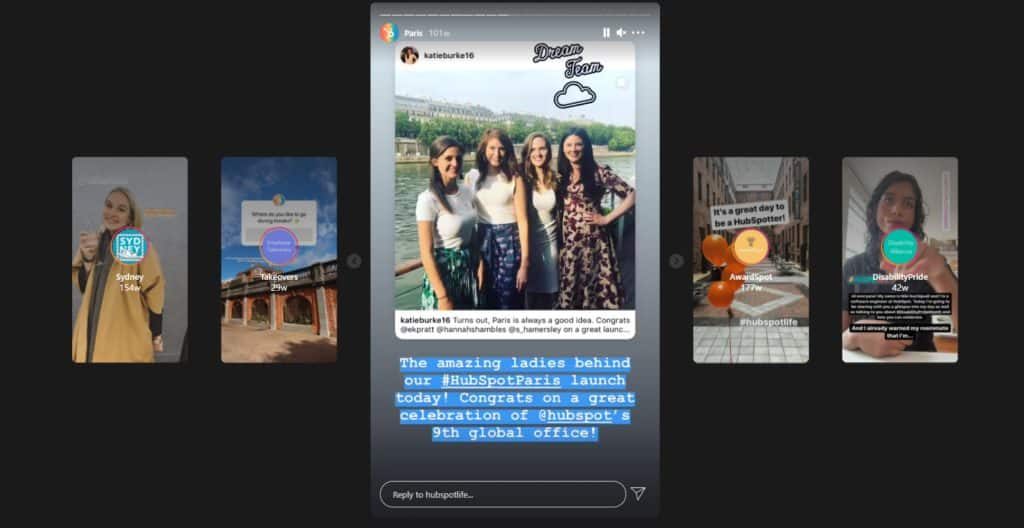
3. Ask for Employee Input on Your General Content Marketing Material
Employee content marketing can also take another form on the backside of things. Make sure key employees who reflect your brand’s values or target audience are keenly involved in your content creation process.
Ask them things like:
- What topics they’re reading this week
- What their friends are complaining about on social media
- How to create better content than your competitors
Just make sure you’re prepared to hear the answers and genuinely consider them as part of your content marketing strategy. You might even go so far as to assign employee liaisons to your content marketing team or ask them to supply quotes for certain topics.
4. Tag Certain Employees in Your Content Marketing Posts
Do your employees provide input or quotes for your content? Did they inspire certain pieces of content?
When you share new pieces of content on social media, tag employees who come to mind. Whether you just think they’d like to read it or they played a role in creating it, encourage them to share it with their followers.
5. Launch a Hashtag Dedicated to Employee Content Marketing
You’ve seen branded hashtags for customers to share pictures, videos, and links of their experiences with brands. Why not do the same for your employees?
Your customers can search the hashtag and see what life is like behind your logo. You can also scan the hashtag for user-generated content to share on your page.
Regardless, make sure your house is clean before going this route. You need a strong culture and dedicated team before you can open the floor to UGC.
Semrush does this and the results are incredible:
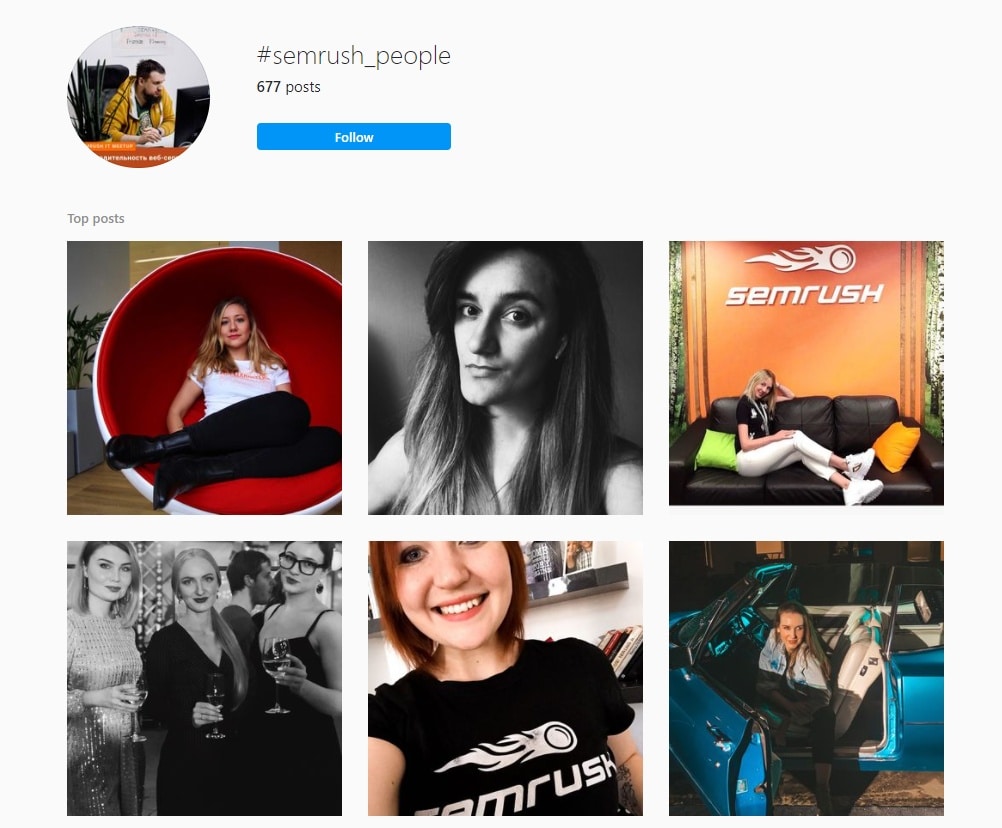

6. Have Employees Run Webinars and Q&As
Your team should already reflect your brand’s culture and values. That’s why they’re the perfect hosts for your Q&As and webinars. At this point, almost any company with the budget to run webinars has a dedicated set of employees to host the events and answer questions.
Brandwatch takes a slightly more professional approach than HubSpot or Semrush (compared to casual) but real human employees are still the focus, nonetheless.
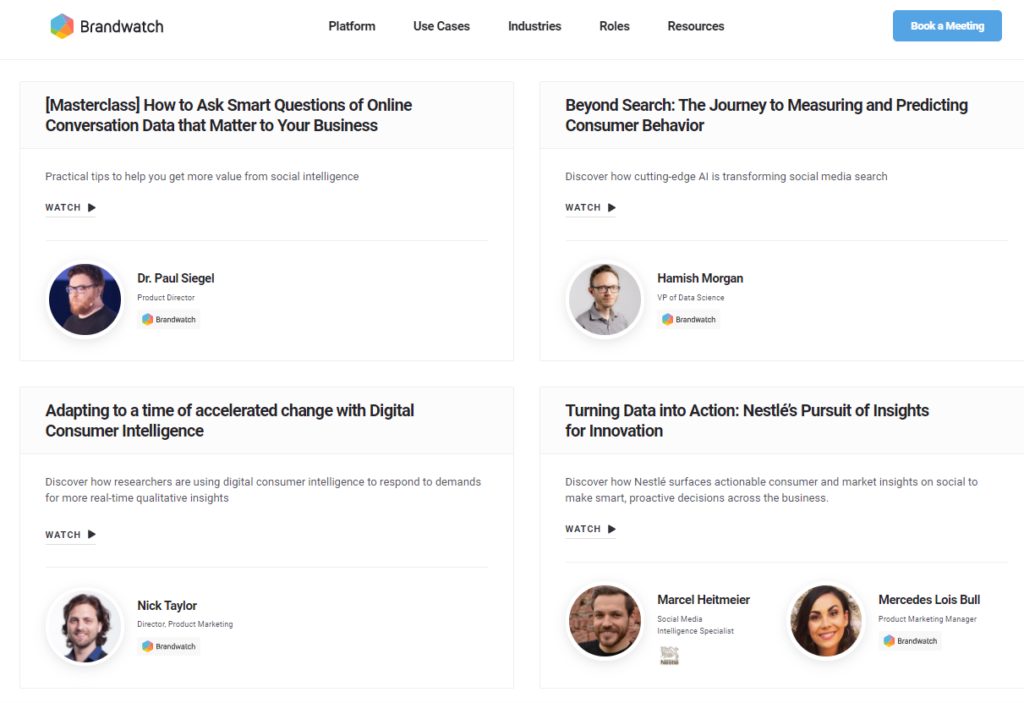
Source: Brandwatch
7. Get Leadership Involved
82% of customers are more likely to trust your company when senior leadership is active on social media. Now, not everyone should follow the lead of John Legere of T-Mobile with weekend chili cookoffs. You should, however, find a strategy that works for you.
Mailchimp brings their co-founders into the Instagram conversation with fun Zoom video clips. Followers can see the human faces of the people leading the company so they know they’re in good hands.
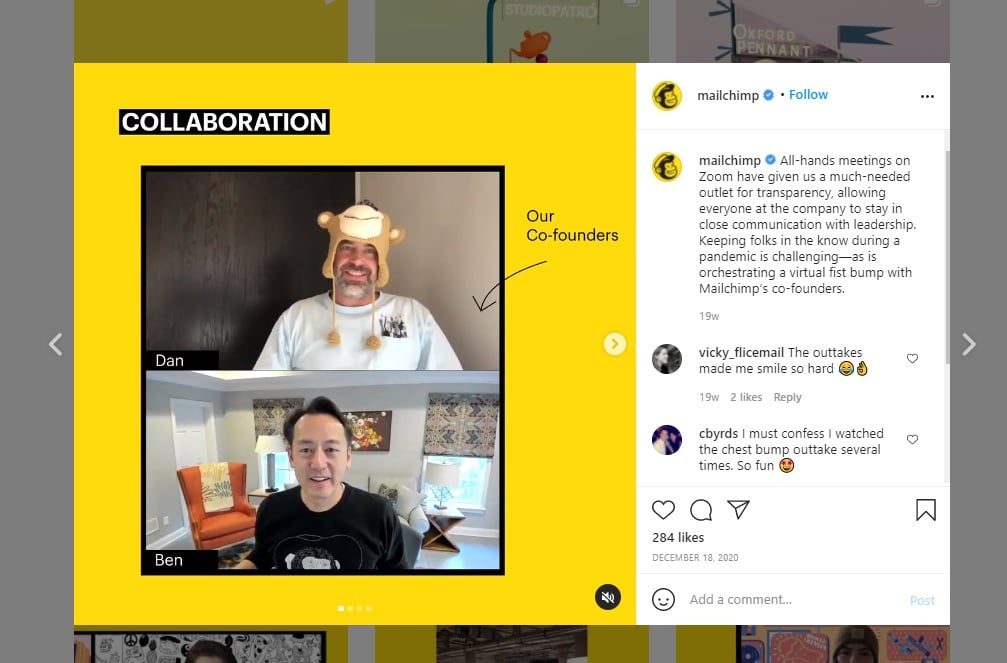
8. Incentivize Employees to Share or Participate in Content Marketing
Finally, if you want to treat your employees like influencers or content creators, you have to incentivize them like you would for other influencers or content creators.
This can mean different things depending on the employee and what they’re bringing to your content marketing.
Webinar, podcast, or YouTube hosts might deserve specific promotions or raises. User-generated personal stories, however, might only require one-time bonuses or perks. Meanwhile, others can share special links or discount codes too.
The main point is to show your employees you value their contribution to your content marketing strategy – because they already know what you get from it, and they deserve something too.
Where Does Your Employee Content Marketing Stand?
Do you feel inspired after reading about how other companies already use employee content marketing to boost their bottom line or are you left feeling overwhelmed?
Don’t stress yourself out too much. Unless you’ve had years to hone your tactics, employee generated content is uncharted territory and requires careful consideration before you can launch a full strategy.
Give yourself some time to figure out how it can serve your brand and, most importantly, your audience.
Need some insight into creating a new content strategy for your employees? Our workshops can help you assess your competitors and where you stand in the landscape so you can move forward with the knowledge you need.
The post How to Boost Employee Content Marketing and Leverage It appeared first on Marketing Insider Group.




